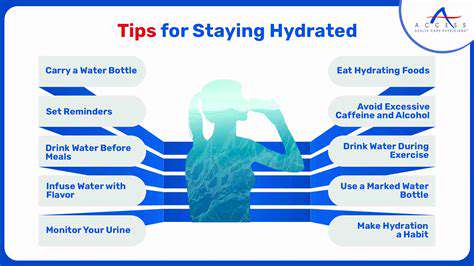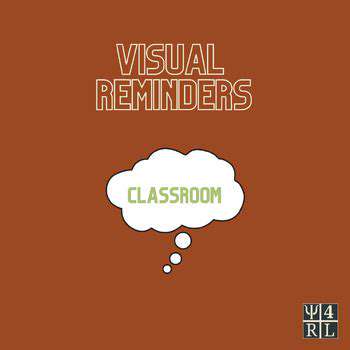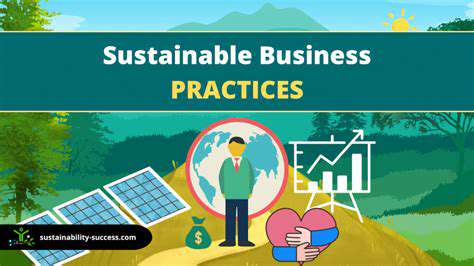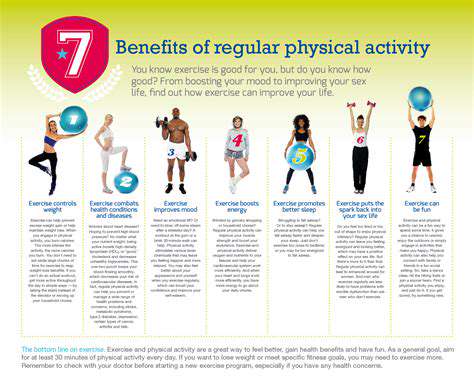Guide to Practicing Minimalism for Less Stress
Creating a Designated Workspace
A dedicated workspace, even if it's a small corner, can significantly impact your productivity and mental well-being. Having a defined area for work helps to mentally separate tasks from relaxation and personal time. This designated space should be organized and clutter-free to minimize distractions and maximize focus. This doesn't mean it needs to be extravagant; a simple desk with necessary supplies can be highly effective if it's optimized for your needs. The key is consistency and a clear visual separation between work and rest.
Investing in good lighting and comfortable seating is crucial. Adequate lighting reduces eye strain and promotes alertness, while ergonomic seating prevents back pain and fatigue, contributing to a more comfortable and productive work environment. Proper ergonomics and a clear space are fundamental to maintaining mental clarity and preventing burnout.
Decluttering Your Digital Space
Just as physical clutter can overwhelm your senses, digital clutter can overload your mind. Unnecessary files, unread emails, and abandoned projects create mental noise, making it harder to focus on important tasks. Regularly reviewing and organizing your digital files is essential for maintaining mental clarity. This includes deleting unnecessary files, archiving old emails, and organizing folders logically. This process should be part of your regular routine to avoid the buildup of digital clutter that can affect your mental state.
Consider using tools to streamline your digital workflow, such as project management software or email organization apps. These tools can help you stay organized, prioritize tasks, and reduce the mental burden of managing multiple projects and communications.
Minimizing Visual Clutter
Our brains process visual information constantly. Surrounding yourself with excessive visual stimuli can lead to mental fatigue and distraction. A cluttered room can create a sense of overwhelm and make it harder to focus on the task at hand. By minimizing visual clutter, you create a more calming and focused environment. This includes decluttering surfaces, organizing bookshelves, and strategically placing artwork or plants to create visual harmony.
Use storage solutions to keep items neatly contained, and be mindful of the colors and patterns in your surroundings. Consider incorporating calming colors and natural elements to create a more serene and productive atmosphere. Too much visual stimulation can be counterproductive, so careful consideration of your surroundings is key.
Establishing a Routine for Maintenance
Decluttering isn't a one-time project; it's an ongoing process. Establishing a regular decluttering routine is vital for maintaining a clear and organized space, both physically and mentally. This could be a weekly or monthly session dedicated to tidying up. Setting aside specific time slots for decluttering can make it a more manageable and less daunting task. This routine will help you maintain mental clarity and prevent the accumulation of clutter, both physical and digital.
Regular maintenance keeps your space feeling more organized and your mind feeling less stressed. This routine can include things like regularly organizing your desk, emptying the recycling bin, and reviewing your digital files. Consistency in maintaining your space directly impacts your mental clarity and well-being.
Curating Your Digital Life: Managing the Virtual Clutter
Decluttering Your Online Spaces
Digital clutter, much like physical clutter, can negatively impact our productivity and mental well-being. A cluttered email inbox, a disorganized file system on your computer, or a social media feed filled with irrelevant content can lead to overwhelming feelings of stress and anxiety. Taking steps to organize your online spaces is crucial for creating a more focused and productive digital environment. This involves regularly reviewing and deleting unnecessary files, unsubscribing from unwanted email lists, and establishing clear folders and categories for your digital documents.
The key is to be proactive. Don't let your digital space accumulate useless information. Regularly purge your inbox, delete old files, and unsubscribe from newsletters you no longer need. This proactive approach will prevent your online environment from becoming a chaotic mess and will help you maintain a more streamlined and efficient digital life.
Managing Your Email Effectively
Email inboxes are notorious for becoming overflowing repositories of unread messages, important reminders, and irrelevant promotions. Effective email management is crucial for staying organized and focused. Setting up filters, using labels, and categorizing emails by importance are essential steps in taming the chaos. Prioritize responding to important emails promptly and archive or delete those that no longer require attention.
Consider using email management tools to automate tasks like sorting, filtering, and scheduling responses. This will help you stay on top of your inbox and minimize the risk of overwhelming yourself with too much information.
Optimizing Your File Organization
A well-organized file system is vital for locating information quickly and efficiently. Establish a consistent naming convention for files and folders. Use keywords and clear descriptions to identify the content of each file. This will save you significant time when searching for specific documents or information later on. Creating a clear hierarchy of folders, grouping related files together, and regularly reviewing and updating your file system are all important aspects of maintaining a well-organized digital environment.
Investing in a good file management system, whether it's a cloud-based storage solution or a robust desktop folder structure, will make finding and retrieving your digital files a much smoother process.
Curating Your Social Media Presence
Social media platforms can easily become overwhelming if not managed effectively. Identify the platforms that are most valuable to you and focus your time and energy on those. Unfollow accounts that no longer resonate with you or contribute positively to your online experience. Curate your feed to highlight content that is inspiring, informative, or entertaining. Regularly review your social media profiles to ensure they reflect your current interests and goals.
Protecting Your Privacy Online
Protecting your personal information online is paramount in today's digital age. Be mindful of the information you share online and take steps to safeguard your privacy. Use strong passwords, enable two-factor authentication where possible, and be cautious about clicking on suspicious links or downloading attachments from unknown sources. Regularly review your privacy settings on different platforms and take steps to control what information is accessible to others.
Understanding and implementing privacy best practices is essential for maintaining a secure and protected digital life. This includes regularly updating software, using strong passwords, and being vigilant about phishing attempts. These measures will help protect your sensitive data from unauthorized access.
Digital Detox and Mindfulness
Regular digital detox periods are crucial for maintaining a healthy relationship with technology. Schedule specific times to disconnect from your devices and engage in activities that promote mindfulness and relaxation. Taking breaks from constant connectivity allows you to recharge, reduce stress, and reconnect with yourself and the physical world around you. This helps to prevent burnout and maintain a balanced approach to your digital life.
Mindfulness practices, such as meditation or simply spending time in nature, can help you cultivate a healthier relationship with technology and develop greater self-awareness. These practices will help you to disconnect from the digital world and reconnect with yourself.
Cultivating Mindfulness and Intentionality: A Deeper Dive into Minimalism
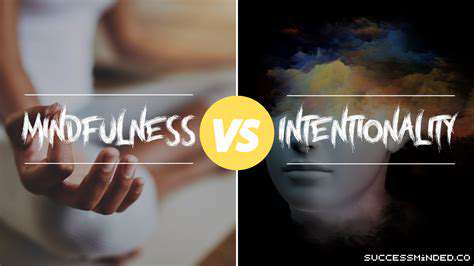
Cultivating Awareness Through Practice
Mindfulness, at its core, involves paying deliberate attention to the present moment without judgment. This practice, often cultivated through meditation or focused activities, allows us to observe our thoughts, feelings, and sensations as they arise without getting carried away by them. Developing this awareness is crucial for cultivating intent because it provides a clear and unbiased perspective from which to understand our motivations and actions.
Regular mindfulness practice, even for just a few minutes each day, can significantly improve our ability to connect with our inner world. This connection allows us to better recognize patterns in our thinking and behavior, empowering us to make conscious choices aligned with our values. This heightened self-awareness is a cornerstone of intentional living, enabling us to act with greater purpose and understanding.
Defining and Aligning with Your Intentions
Intentionality, in this context, refers to the conscious direction of our thoughts, emotions, and actions towards specific goals or values. It's not merely about setting goals, but about understanding the underlying motivations and values that drive us towards those goals. This deeper understanding helps us to stay committed and focused on our intentions throughout the process.
Identifying your core values is paramount to aligning your intentions. Once you understand what truly matters to you, you can begin to evaluate your actions and choices, ensuring they are consistent with these deeply held principles. This alignment creates a sense of purpose and direction, making it easier to navigate challenges and stay committed to your goals.
Consider what you truly value in life: relationships, creativity, personal growth, community involvement, or something else entirely. Understanding these values provides the bedrock for setting meaningful intentions that resonate with your authentic self.
The Impact of Mindfulness on Intentional Living
By integrating mindfulness into your daily life, you create a fertile ground for cultivating intentionality. Mindfulness allows you to step back from impulsive reactions and habitual patterns, fostering a space for conscious decision-making. This conscious approach to living enables you to live more intentionally by making choices that better reflect your values and goals.
Mindfulness and intentionality work in tandem to create a powerful synergy. Mindfulness quiets the internal noise, allowing you to hear the subtle whispers of your values. Intentionality then provides the direction, guiding your actions and thoughts towards meaningful goals and experiences.
This combined approach fosters a more fulfilling and purposeful life by reducing stress and promoting clarity, leading to a more intentional and rewarding existence.
Read more about Guide to Practicing Minimalism for Less Stress
Hot Recommendations
-
*Guide to Managing Gout Through Diet
-
*Best Habits for Financial Well being
-
*How to Build a Routine for Better Mental Health
-
*How to Eat Healthy on a Budget [Tips & Meal Ideas]
-
*Guide to Practicing Self Acceptance
-
*How to Incorporate More Movement Into Your Day
-
*Guide to Managing Chronic Pain Naturally
-
*Guide to Building a Reading Habit for Well being
-
*Top 5 Weight Loss Supplements That Actually Work
-
*Best Exercises for Postpartum Recovery [Beyond Abdominal Work]
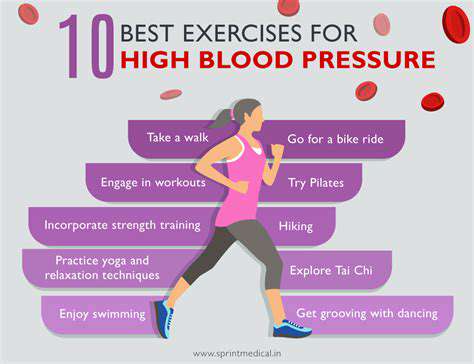


![Best Food Sources for Iron [Vegetarian and Non Vegetarian]](/static/images/26/2025-05/BeyondFood3ALifestyleConsiderations.jpg)
